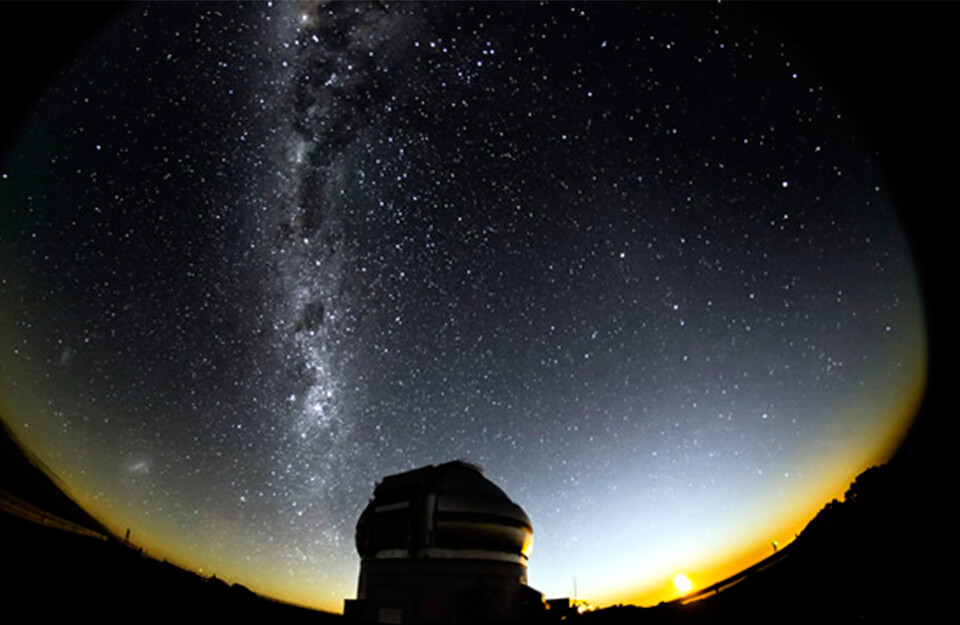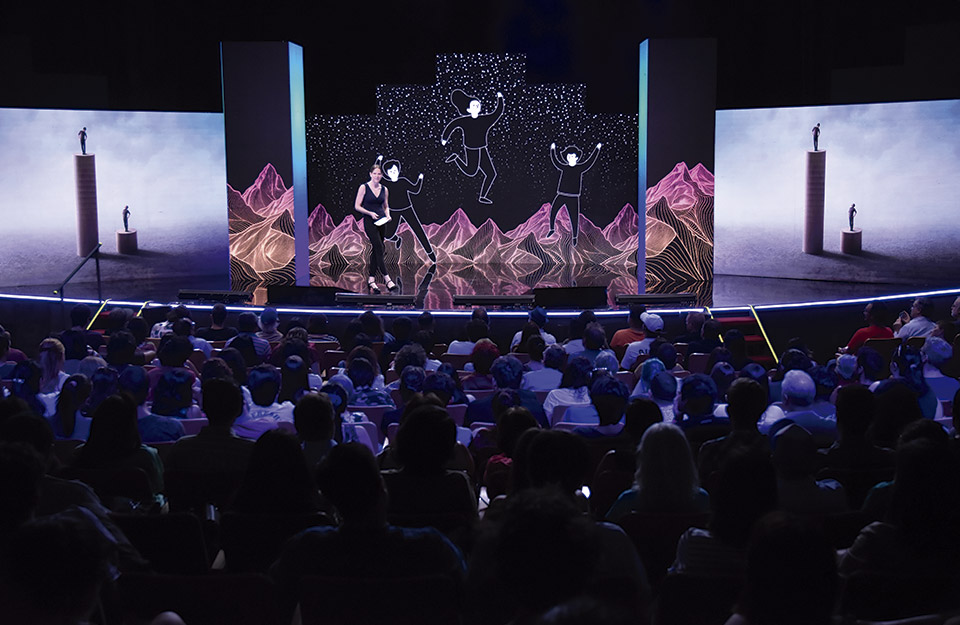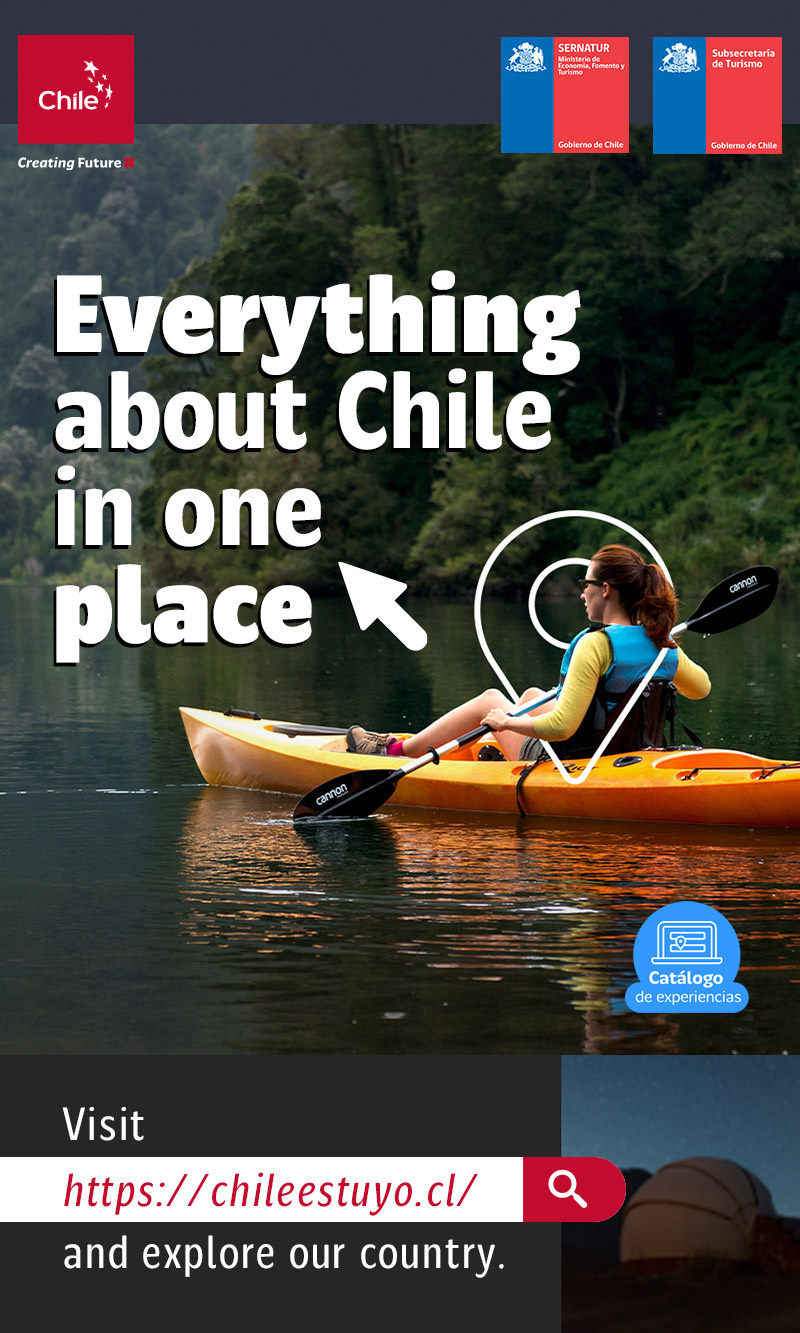
The Sanctuary is located on the grounds of the AURA observatory, belonging to the Association of Universities for Research in Astronomy, who acquired the land in the 1960s, and since then have sought to maintain conditions conducive to astronomical research. The name of the site is no coincidence, since Gabriela Mistral was always in love with the Elqui Valley, her birthplace, and fond of contemplating the stars from there.
Given its status as a natural laboratory, in addition to AURA, several observatories and telescopes of international collaboration are located in northern Chile, such as the Paranal Observatory - where the Very Large Telescopeis located -or ALMA, both projects of ESO, the European Southern Observatory. Moreover, it is estimated that by 2022 70% of the astronomical data will be obtained in our country.
This space has also served as a model for other observatories, such as the Cosmic Campground IDSS, in New Mexico, United States, a sanctuary similar to the Chilean one, which was established in 2016. The protection of the darkness of the skies is essential to safeguard research in the disciplines associated with astronomy and therefore in the coming years we should expect the creation of multiple sanctuaries like these.
The concern for protecting dark skies is an issue that began to be addressed in our country in the 1990s, however, there are currently new risks -such as LED lights- that not only endanger astronomical observation, but also the health of people and nature.






